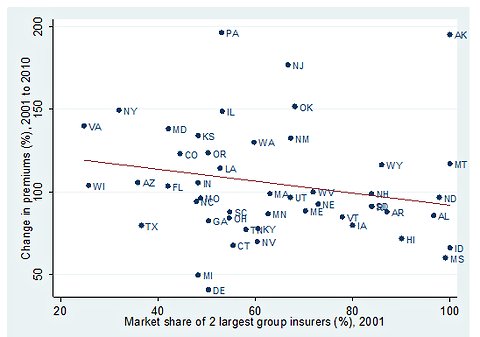It hardly qualifies as a defense. But that is perhaps the most accurate statement that Apple’s chief executive, Timothy D. Cook, could have made to lawmakers inquiring last week about how its creative financial techniques contributed to its low business tax payments.
You may have heard of Google’s “Double Irish With a Dutch Sandwich” — an increasingly popular route through Ireland and the Netherlands that cleanses corporate cash of most of its tax liability.
Amazon and Facebook like the sandwich, too.
Don’t forget the fabled tax wizards in General Electric’s accounting department. Or what about Starbucks, which paid a grand total of $13 million in British corporate taxes over 15 years on revenue of more than $5 billion?
Starbucks is not a complex technology firm with a subsidiary in a low-tax Caribbean island charging its headquarters through the nose to license some cutting-edge software patent. It’s a chain of coffee shops, part of the predigital economy.
Still, despite a 31 percent market share, the company’s British subsidiary managed to report losses in 14 of its first 15 years.
The case of Starbucks is particularly troubling for every government concerned about how it is going to finance itself in the future.
As Edward Kleinbard of the University of Southern California noted: if Starbucks could generate so much “stateless” income — beyond the reach of tax authorities both where it makes and sells the Frappuccinos and where it is incorporated as a company — “any multinational firm can.”
That means that as the government seeks new sources of revenue to pay for an expanding safety net and an aging population, it should probably look outside the corporate sector.
“We have a tax problem; we are not collecting enough tax revenue — period,” said Jim Hines of the University of Michigan. “But we are never going to finance what we need with corporate taxes.”
Instead, governments seeking revenue might do best focusing their efforts on taxing people, who cannot flee as easily, or taxing what people consume.
Some of this may come at the expense of progressivity in the tax code.
The United States is the only advanced nation that does not have a value-added tax, which is similar to a sales tax and can raise lots of revenue. Peter Diamond from the Massachusetts Institute of Technology has suggested increasing payroll taxes to pay for increased spending on Social Security.
There are more progressive taxes — say taxing the “carried interest” charged by fund managers at the same rate as regular income, or raising taxes on dividends. That could raise money, though probably less.
But with countries around the globe in constant competition to lure investment by lowering tax rates and offering assorted breaks, taxing corporations will be an uphill battle. Multinational companies just have too many options to minimize their tax bill by routing profits through low-tax jurisdictions and losses through high-tax ones.
In the industrial era of the early 1950s, corporate income tax contributed almost a third of the total tax revenue raised by the federal government, equivalent to about 6 percent of the nation’s income. By the 1970s it generated about 3 percent. And in the last decade it raised around 2 percent of national income — only about $1 in $10 of all federal tax dollars collected.
Corporate tax revenues stopped shrinking as a share of the economy after the last major tax reform in the 1980s, moving up and down with the economic cycle. But they have failed to keep up with corporate profits’ rising share of the economic pie.
Part of this decline was by design. Notably, starting in the 1980s many companies were allowed to shed their corporate status so that their profits flowed directly to their owners — generating no corporate tax.
But globalization — combined with financial legerdemain — has opened wide new doors for companies to reduce their tax bill.
For all the complaints about the high corporate rate, from 1987 through 2008 federal income taxes paid by American corporations amounted to only 25.6 percent of their domestic income, according to the Congressional Budget Office. On their foreign income they paid much less.
E-mail: eporter@nytimes.com;
Twitter: @portereduardo
Article source: http://www.nytimes.com/2013/05/29/business/the-trouble-with-taxing-corporations.html?partner=rss&emc=rss
